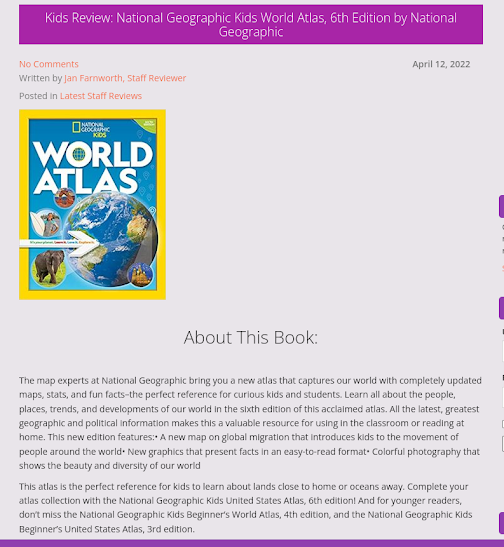Teacher Librarians (TLs) have the responsibility “to assist students in the use of the library and its collection.” (Riedling, 2019. Pp. 99). TLs can do this through “Reference interviews”. Even though, Reidling’s requirement for having interviews may not always be possible as it is hard to find quiet places. We can conduct reference interviews while collaborating with teachers or during book exchanges with the purpose of helping students find what they seek. The interactions between the TL and students should be happening all the time anyways. This develops a relationship where students will feel comfortable bringing up any questions.
I like that Riedling divided them into three types of reference interviews: ready reference interviews, research project interviews, and reader's advisory.
Cooperative program planning and teaching for personalized inquiry
Supporting reference skills through cooperative program planning and teaching ensures all students have the opportunity to develop the skills necessary to access and use a wide variety of reference sources. Lesson 5 provides a number of ways in which I can promote reference sources:
Give all students the opportunity to develop skills to access and use a variety of reference sources
Show students the advantages and disadvantages of using one reference source over another
Give students direction on how to use the sources without making assumptions about their skills and abilities to use the sources
Reference centres so students walk through several formats
Have students compare and contrast information taken from several sources to determine the importance of authority, bias, currency, etc.
Have them distinguish between ready reference and in-depth research
Search Curricular Competencies that develop research reference skills
Promote reference skills at every level
Show colleges the value of using reference resources in all formats
Develop creative assignments that require students to develop good questioning strategies
The city of Greater Victoria district has created a description for TLs to follow. They have divided the description into three sections: Program and instruction, learning resource management, leadership in resource based learning. All three sections will impact the managing and organization of reference materials. For example, providing leadership and promoting strategies for the effective use of a wide variety of learning resources which support and extend the curriculum; requires students to develop “information skills”.
(Achieving Information Literacy)
In Achieving Information Literacy, they recommend the following strategies for the budget process:
In the document Achieving Information Literacy they provide standards for assessing your reference collection. TLs could use these standards to decide which books to weed and how to replace them with more valuable resources.
Conclusion
Citation
Burns, E. A. (2018). Advocating for Change in School Library Perceptions. Teacher Librarian.
Canadian Library Association. (2014). Leading Learning: Standards of Practice for School Library Learning Commons in Canada. Available: http://llsop.canadianschoollibraries.ca/wp-content/uploads/2016/09/llsop.pdf
Riedling, A. M., & Houston, C. (2019). Reference skills for the school librarian: Tools and tips (4th ed.). Libraries Unlimited, an imprint of ABC CLIO, LLC.
Beaudry, Richard. Theme Two course work material. Retrieved February 6th, 2023.
Achieving Information Literacy: Standards for School Library Programs in Canada ail110217.pdf. P. 26-27.











